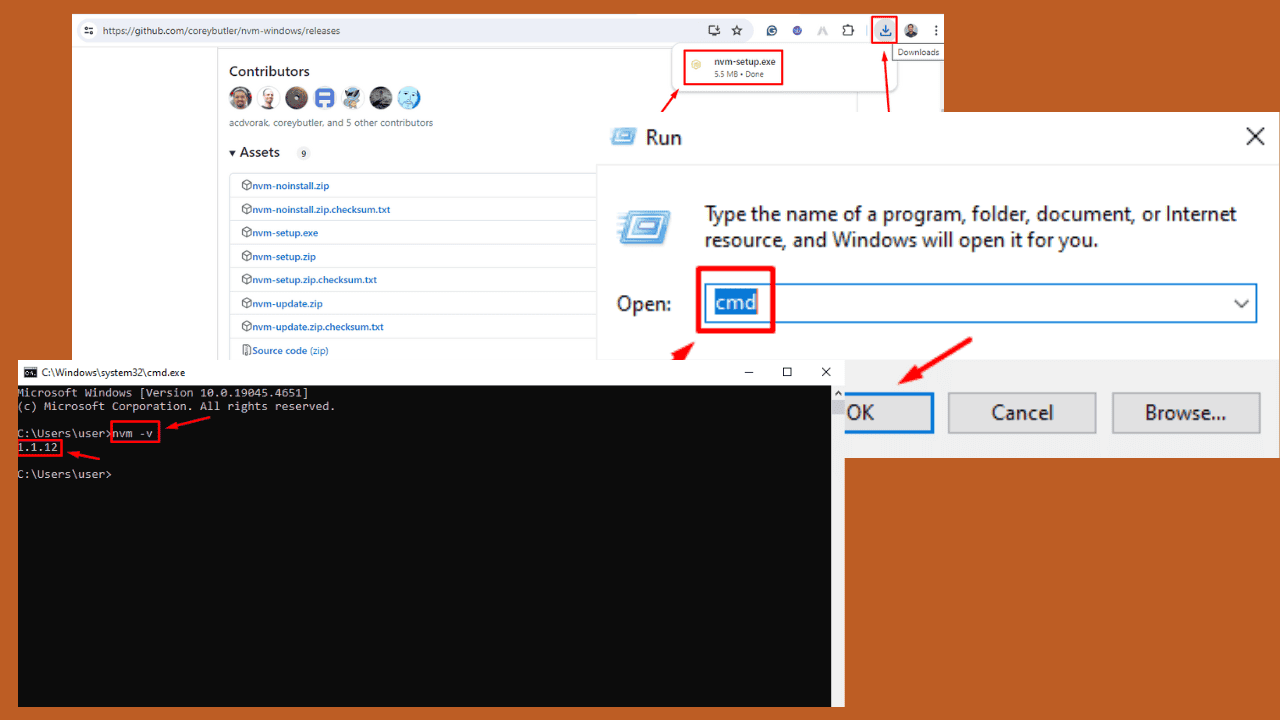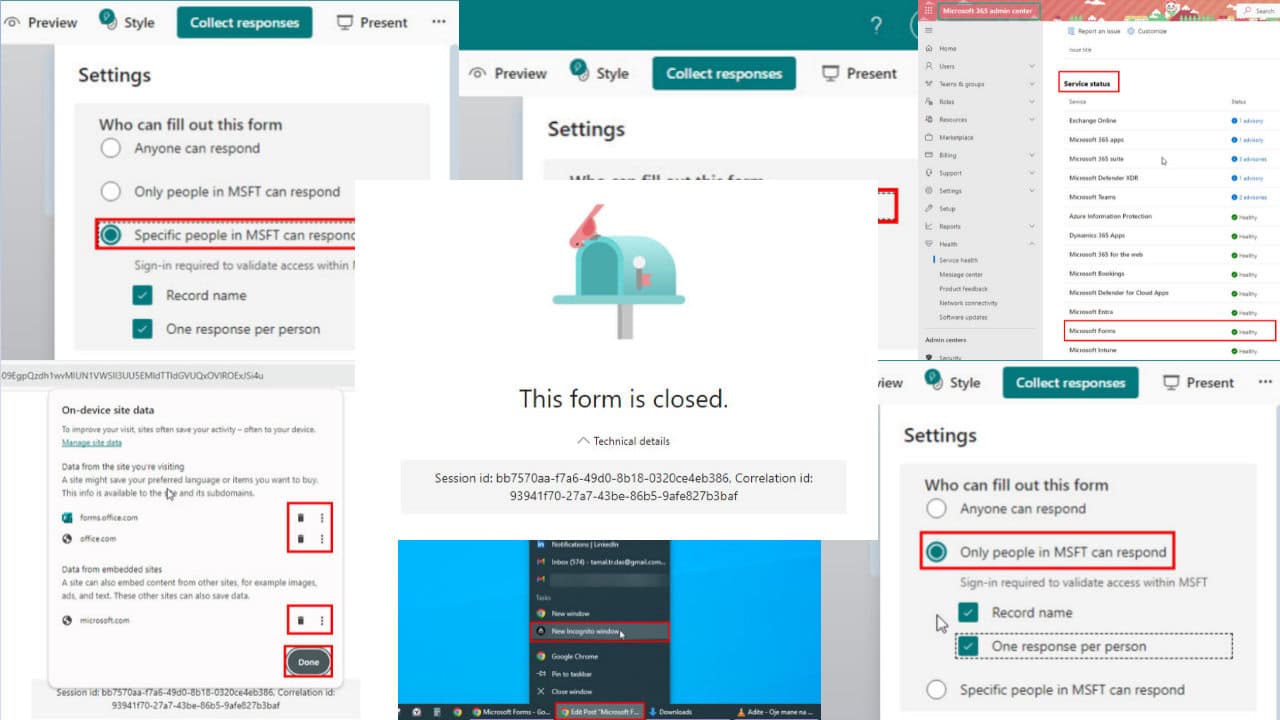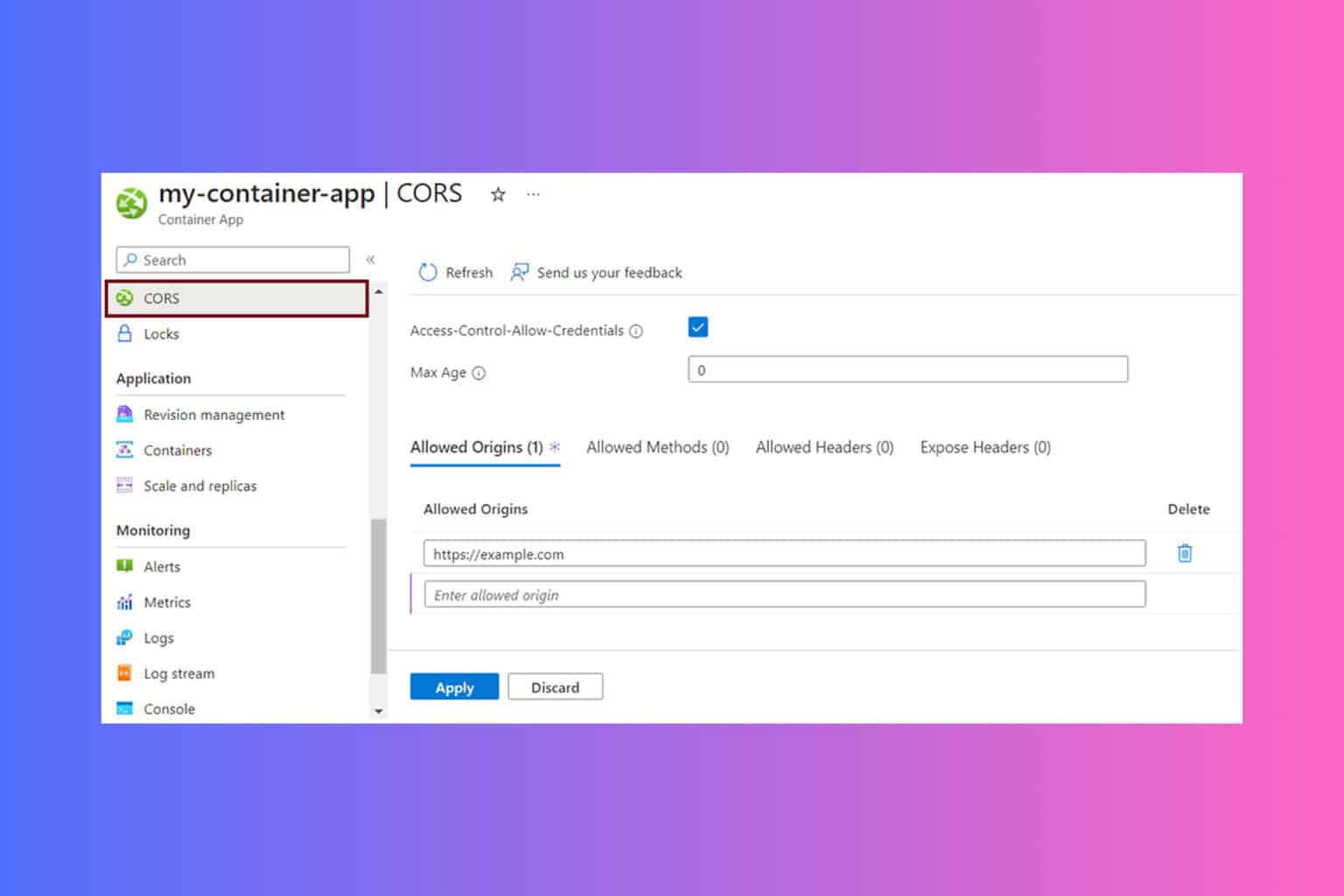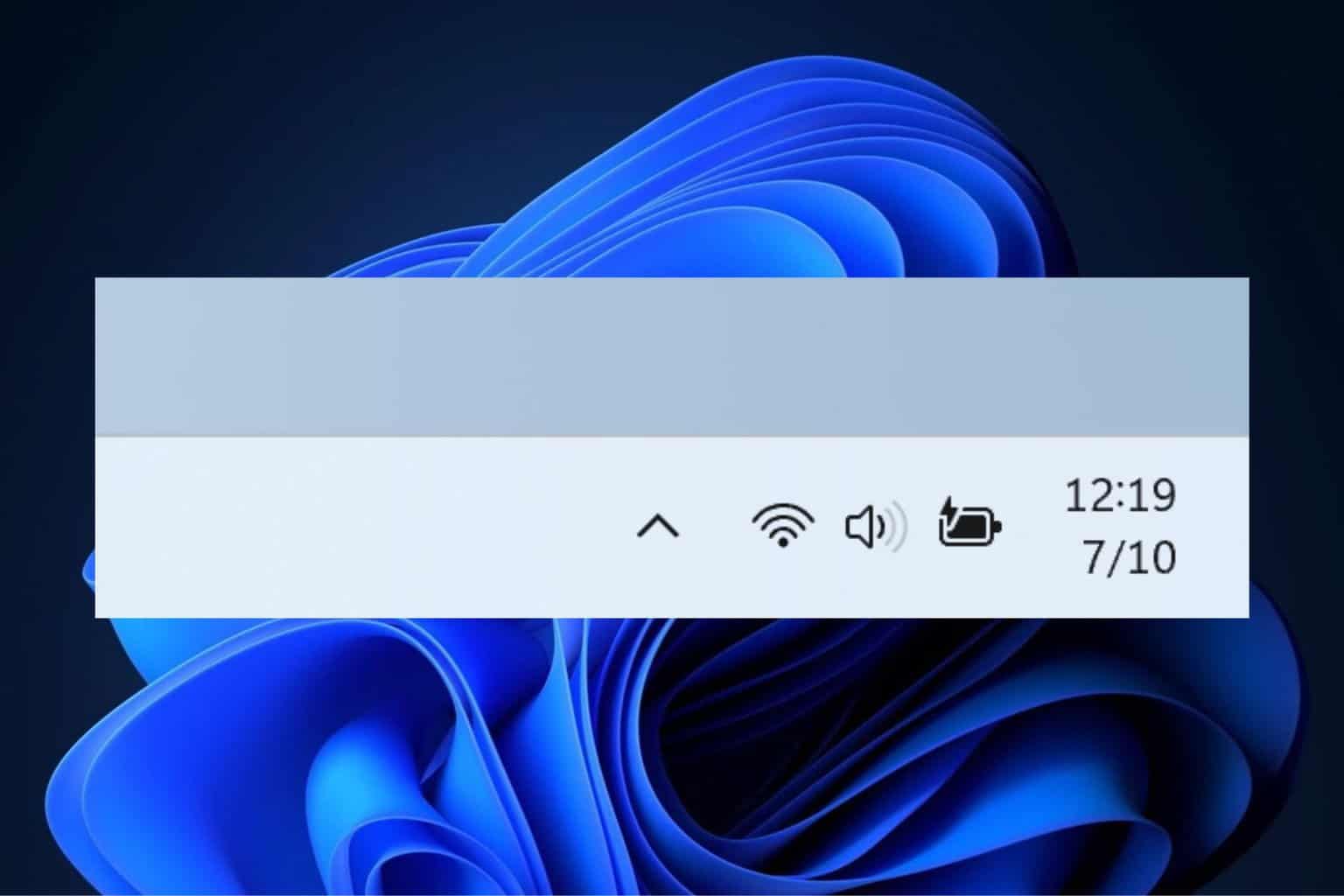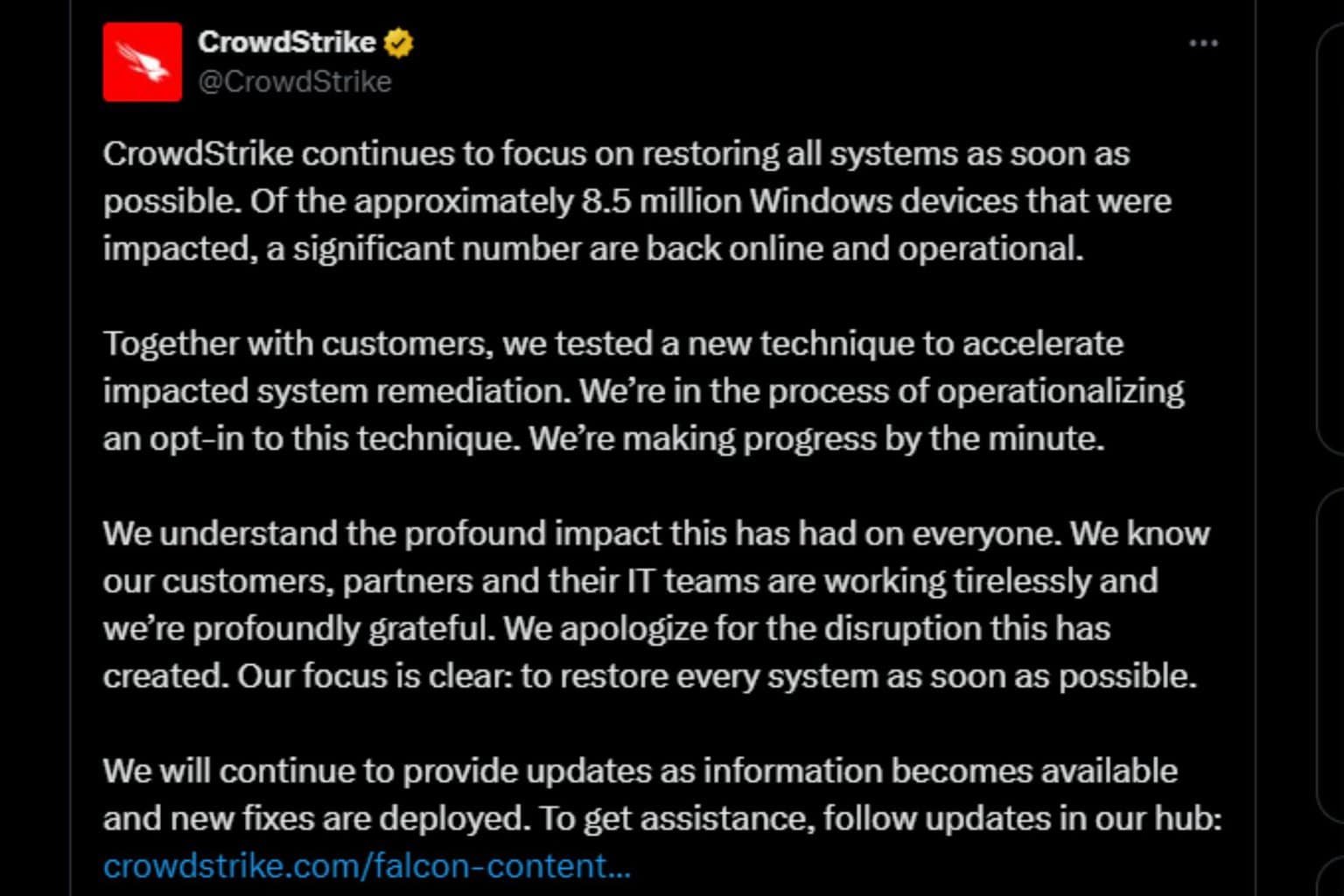Google brings its Flutter development tool to Windows — Here’s why that’s important
2 min. read
Published on
Read our disclosure page to find out how can you help Windows Report sustain the editorial team Read more
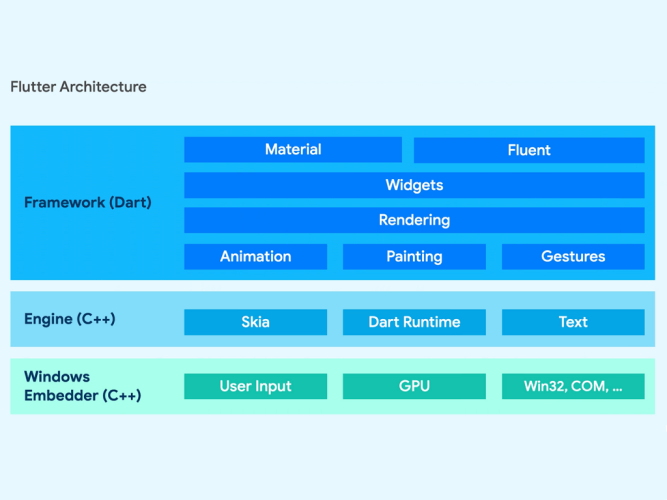
It is truly an exciting time to be a Windows developer. Just when you think things could not get any better, they do, as Google has announced Flutter for Windows.
For those unfamiliar with Flutter, this is an open-source framework by Google which aims to give developers the power to target multiple platforms from a single code base. What sets Flutter apart is the fact that it compiles down to machine code giving it a performance edge over some of its alternatives.
Traditionally used mostly for web and mobile development, the Flutter team has now expanded the experience to target Windows. Even though this is the first production release with support for Windows, it does not mean it lacks features developers have come to expect. It comes with a mature ecosystem of packages covering a large number of scenarios, as well as core features like hot-reload make adopting Flutter an easy experience.
More importantly, this is not just a thoughtless port. The Flutter team understands that desktop experiences differ from web and mobile. This means Flutter has been updated to handle traditional desktop interactions through input devices like mice and keyboards. There is even support for the Windows Registry and the ability to interact with Win32, COM, and Windows Runtime APIs through Dart’s C interop. For those with very specific needs, you can write your very own C++ plugin!
The community has also stepped up big time, with support for a ton of use cases and scenarios, and even vendors like Realm, Syncfusion, and others have updated their offerings to take full advantage of the Windows desktop experience.
However it’s not just good news for Windows developers, support is coming for other desktop platforms as well as explained by Tim Sneath.
In the coming months, you’ll hear more from us on completing stable support for macOS and Linux, making the full set of desktop, web, and mobile platforms available for your production Flutter apps.
– Tim Sneath, Product Manager for Flutter at Google
All in all, this is great news for Windows developers and users. This opens up a world of possibilities and amazing experiences. With what’s already possible natively on Windows via .NET MAUI and WPF. This is definitely icing on the cake. To read more about this announcement, head over to Tim Sneath’s post on Medium.


